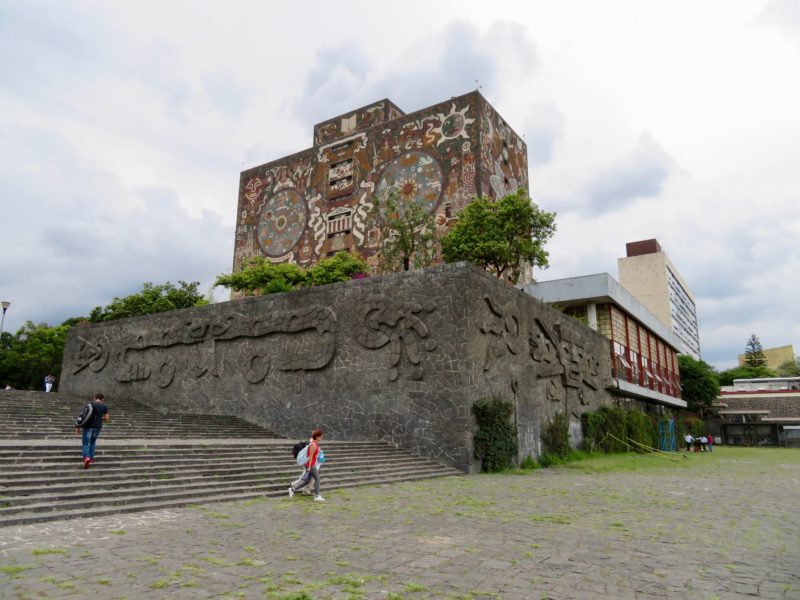
When my father was young and wild, cooped up in a small town in Lower Saxony, sweeping and cleaning the lab of a scientist who eventually spotted his talent for math and chemistry, he dreamt of running away and hiring onto a tall ship sailing the world. Or so the story went. I can fully empathize with that sentiment, particularly while sweeping and cleaning the kitchen not being discovered by anyone at all.

Not that I would realistically survive a sea journey that requires climbing ropes and eating bread with maggots in it. But a woman can dream. Mostly she dreams at the movies, particularly when they are directed by Peter Weir and sport an all male crew headed by Russel Crow. I am of course talking about Masters and Commanders, quite the romp a decade or so ago.

That movie had not just mesmerizing visuals but also one of the best musical scores imaginable.

The score includes an assortment of baroque and classical music, notably the first of Johann Sebastian Bach‘s Suites for Unaccompanied Cello, Suite No. 1 in G major, BWV 1007, played by Yo-Yo Ma; the Strassburg theme in the third movement of Wolfgang Amadeus Mozart‘s Violin Concerto No. 3; the third (Adagio) movement of Corelli‘s Christmas Concerto (Concerto grosso in G minor, Op. 6, No. 8); and a recurring rendition of Ralph Vaughan Williams‘s Fantasia on a Theme of Thomas Tallis. The music played on cello before the end is Luigi Boccherini‘s String Quintet (Quintettino) for 2 violins, viola & 2 cellos in C major (“Musica notturna delle strade di Madrid“), G. 324 Op. Quite the soundtrack for pretty boys chasing ships across the seven seas with big cannons!

Attached is one of the sea chanties from the 18oo British Navy that they sing in the film – some good scenes at sea there as well; chanties were usually a call and response song that made working in rhythm easier and distracted from the bloodblister- inducing tugging at the ropes. Singing after work was rather the exception.

How is all this connected to San Diego, my topic for this week, you ask? Filming actually took place at sea on board of the Rose (a reproduction of the 18th-century post ship HMS Rose), while other scenes were shot on a full-scale replica mounted on gimbals in a large tank. The Rose is now renamed HMS Surprise in honor of her movie role; she is moored at the San Diego Maritime Museum, serves as a dockside attraction (and in September 2007 was returned to sailing status) and was visited by yours truly this weekend.

The Maritime Museum is a photographer’s dream. You can walk aboard these antique ships and see and record every detail while the wind whips you and the seagulls eye you as a potential target.






Not the most confidence-inspiring life preserver…..

Special place in my heart is reserved for the Russian submarine that incongruously joins all the tall ships. Someone with a sense of humor designed the signs……



How many of the millions of tourist walking through there will recognize товарищ Vladimir Ilyich Ulyanov?

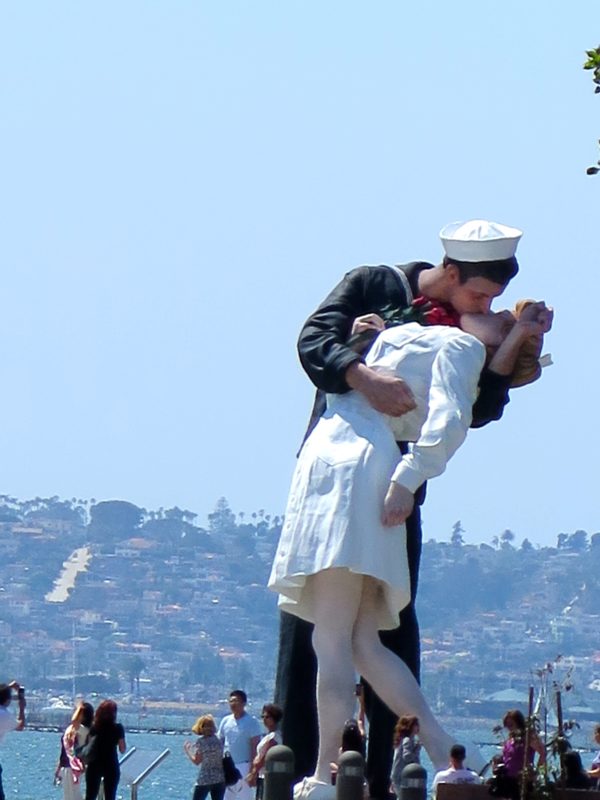














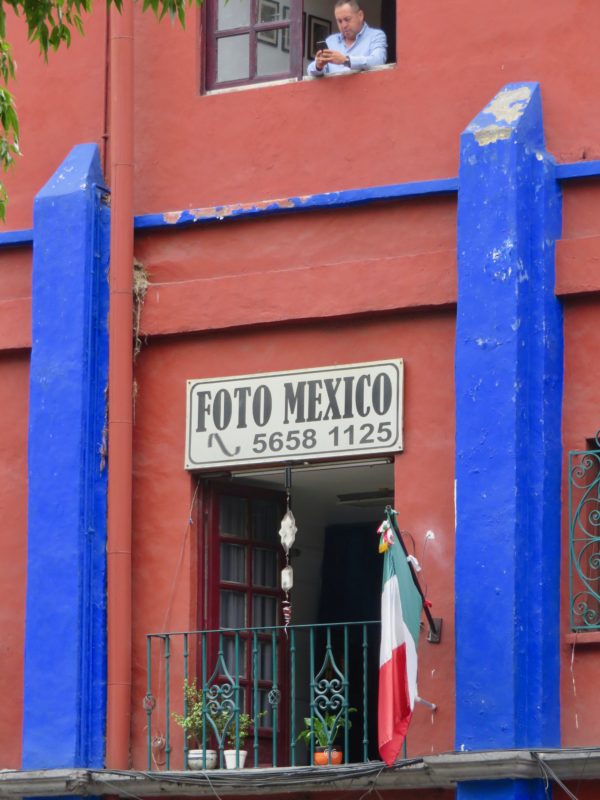




























































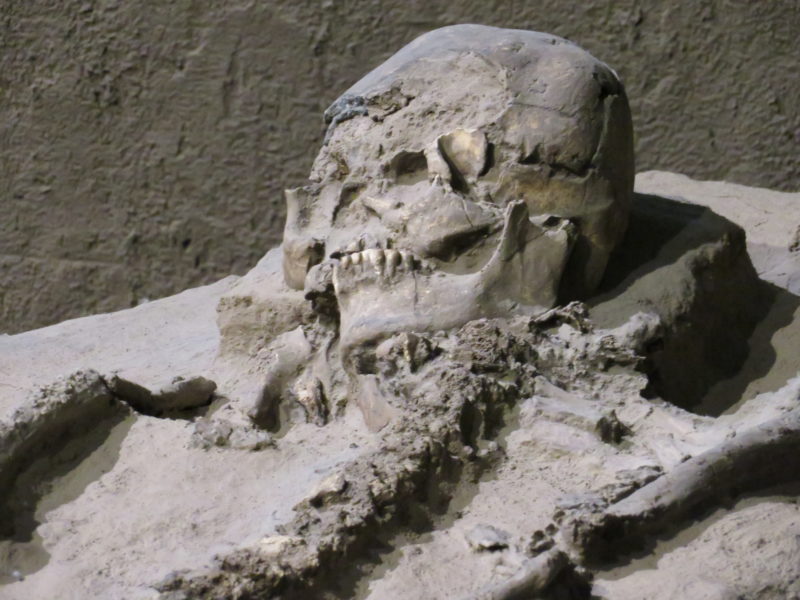




















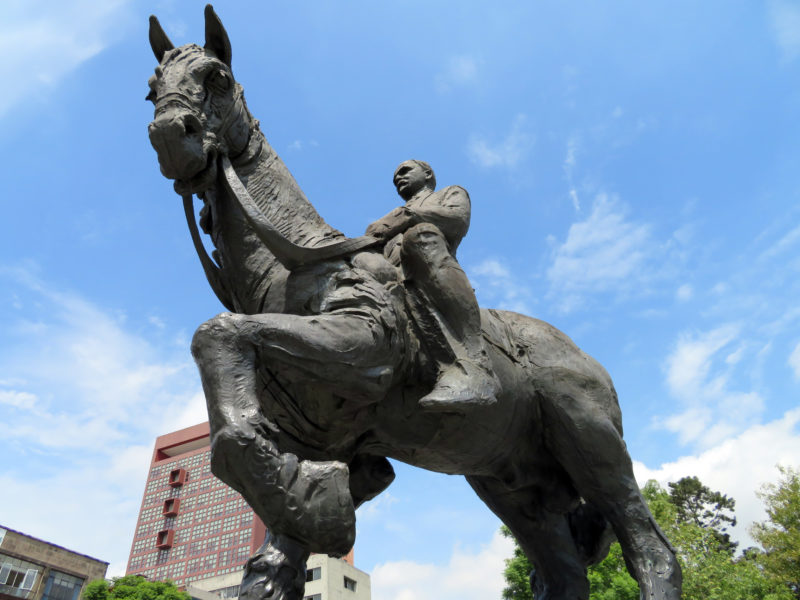























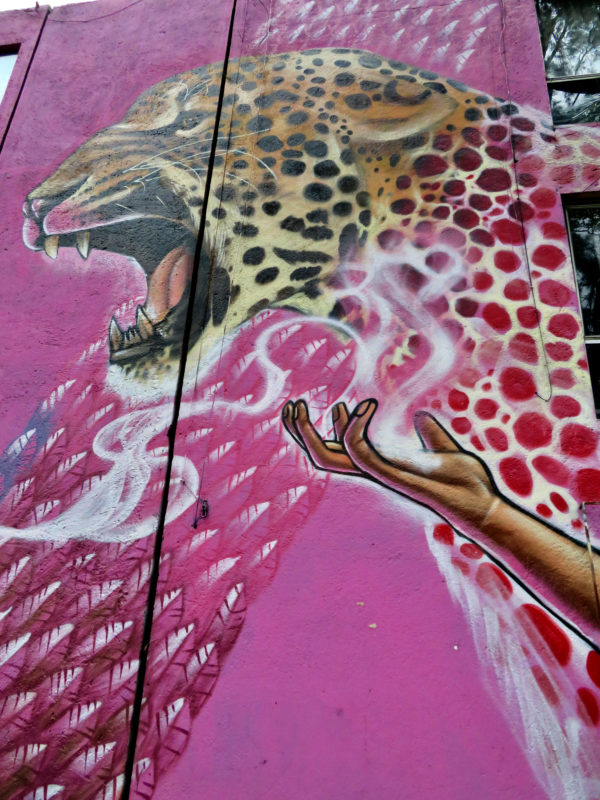


































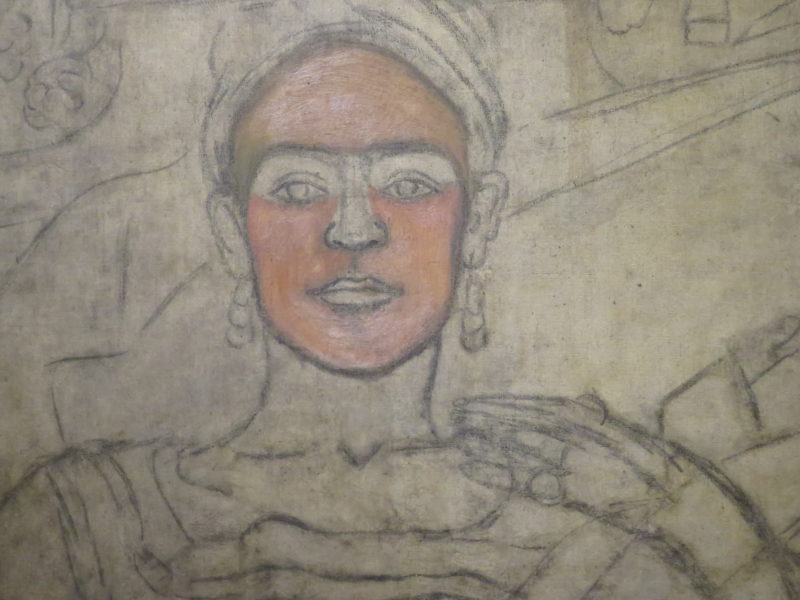

 About 100 years ago I had my heart broken by someone born in Mexico who happened to be a Frida Kahlo fan. As a consequence I ignored all things Frida until I went to see her house, Casa Azul, in Coyoacán last week. Lingering bits of resentment, perhaps, colored my initial impression of her, surrounding herself with 40 dolls made all in her likeness in her bedroom. How could that not be the sign of a raving narcissist?
About 100 years ago I had my heart broken by someone born in Mexico who happened to be a Frida Kahlo fan. As a consequence I ignored all things Frida until I went to see her house, Casa Azul, in Coyoacán last week. Lingering bits of resentment, perhaps, colored my initial impression of her, surrounding herself with 40 dolls made all in her likeness in her bedroom. How could that not be the sign of a raving narcissist?



 Sculptures in the garden
Sculptures in the garden










